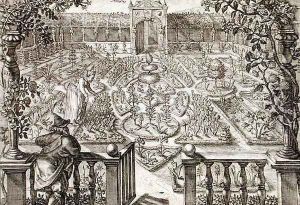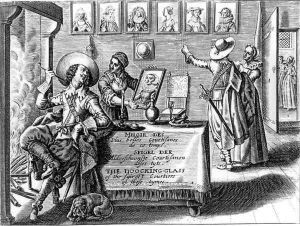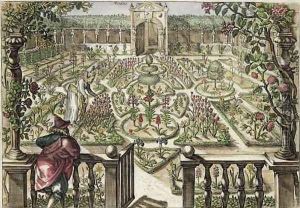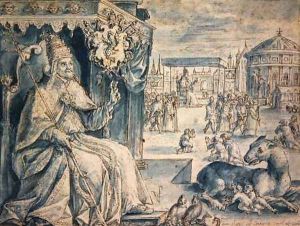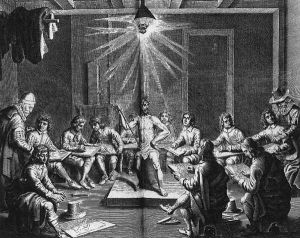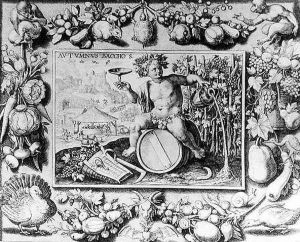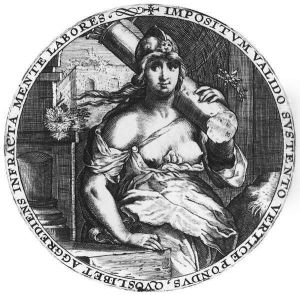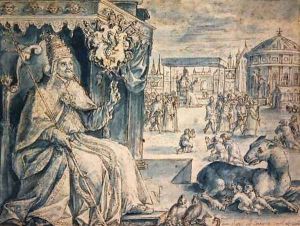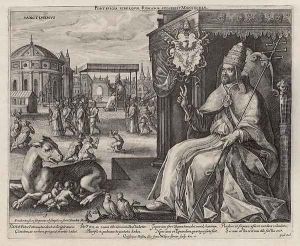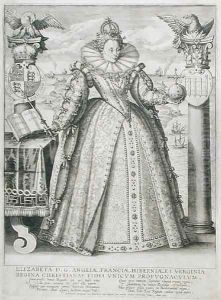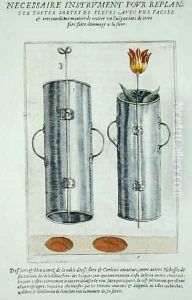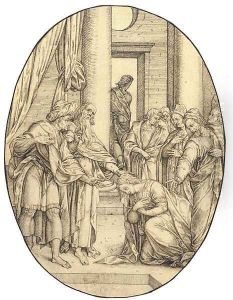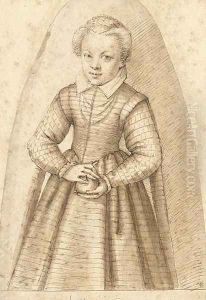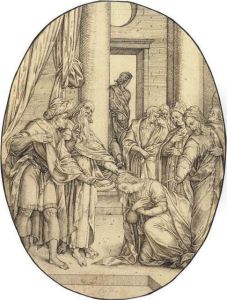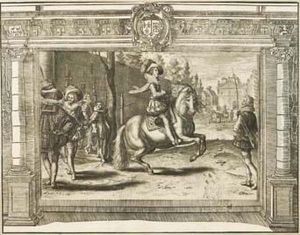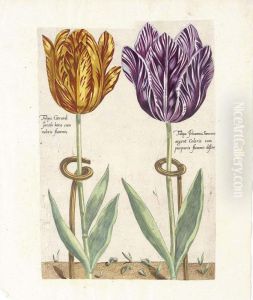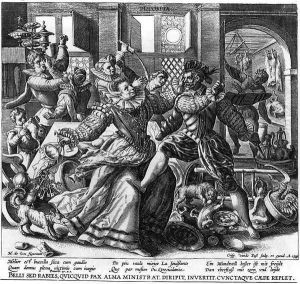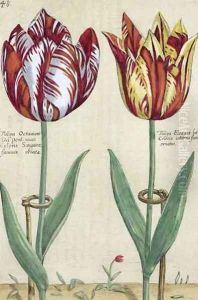Crispijn van de Passe Paintings
Crispijn van de Passe the Elder was a Dutch Golden Age engraver, draughtsman, and publisher. Born in Arnemuiden, a small town in the province of Zeeland, Netherlands, around 1564, van de Passe came from a family of artists and is considered one of the most important engravers of his time. He was active primarily in Antwerp, but due to religious persecution as a Calvinist, he fled to Cologne and later settled in Utrecht. His work is characterized by its intricate detail and high technical quality.
Van de Passe produced a wide range of engravings, including portraits, religious subjects, and emblematic images. He was not only an artist but also a successful entrepreneur, running a printmaking workshop that became a family business. His children, Crispijn II, Simon, Willem, and Magdalena, all became accomplished artists in their own right.
His most renowned series of engravings is the 'Four Seasons', which depicts the seasons personified by elegant figures in contemporary dress, reflecting the Mannerist style of the late 16th and early 17th centuries. He also contributed significantly to the spread of the Baroque style in Northern Europe through his prints, which were widely circulated and copied.
Throughout his career, Crispijn van de Passe remained a prolific artist, producing works that were sought after by collectors and other artists. His legacy includes a vast oeuvre that has been influential in the history of printmaking. He died in Utrecht in 1637, leaving behind a rich body of work that continues to be studied and appreciated by art historians and enthusiasts.
